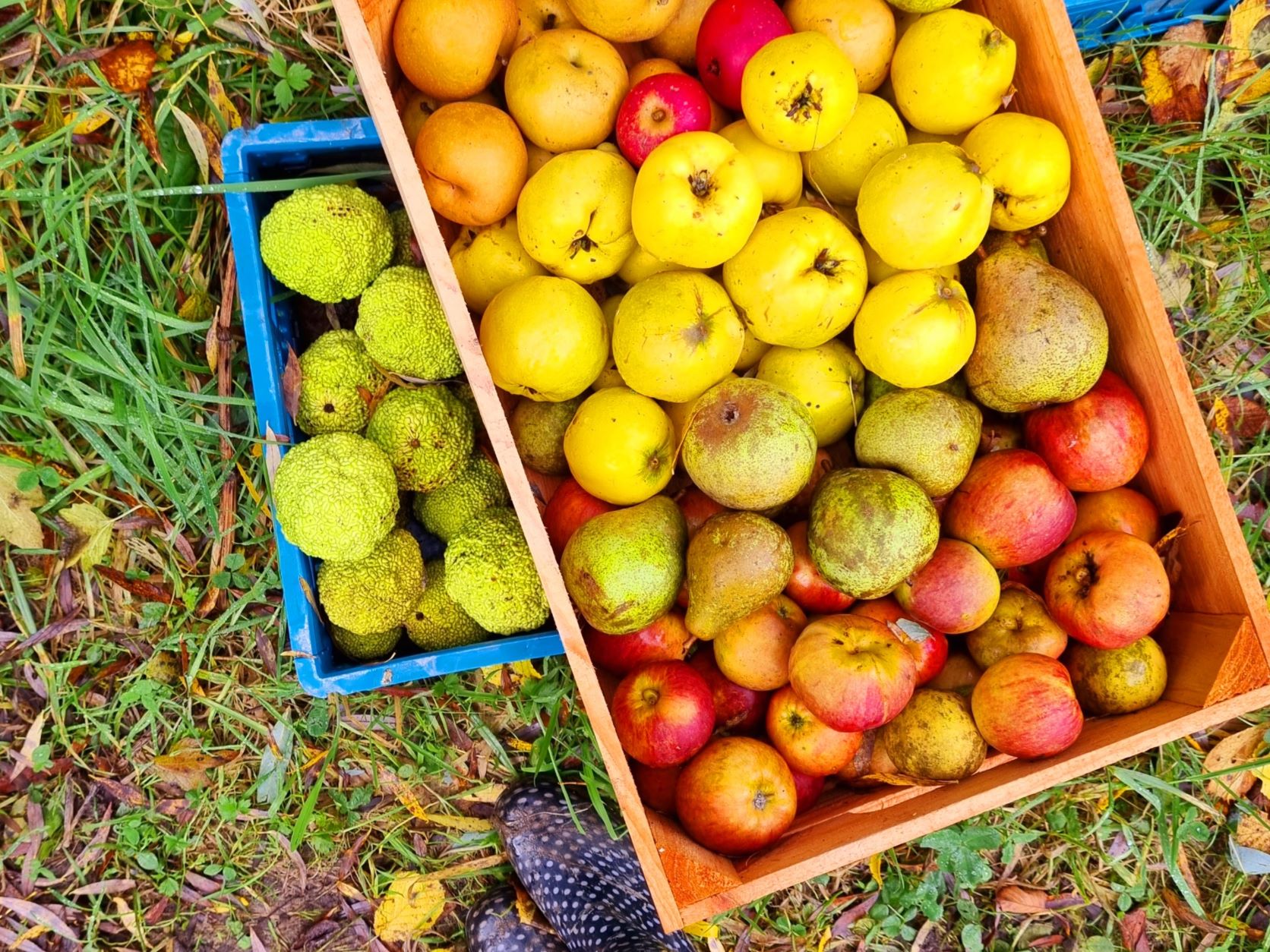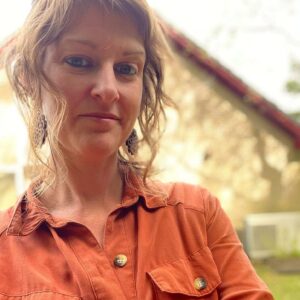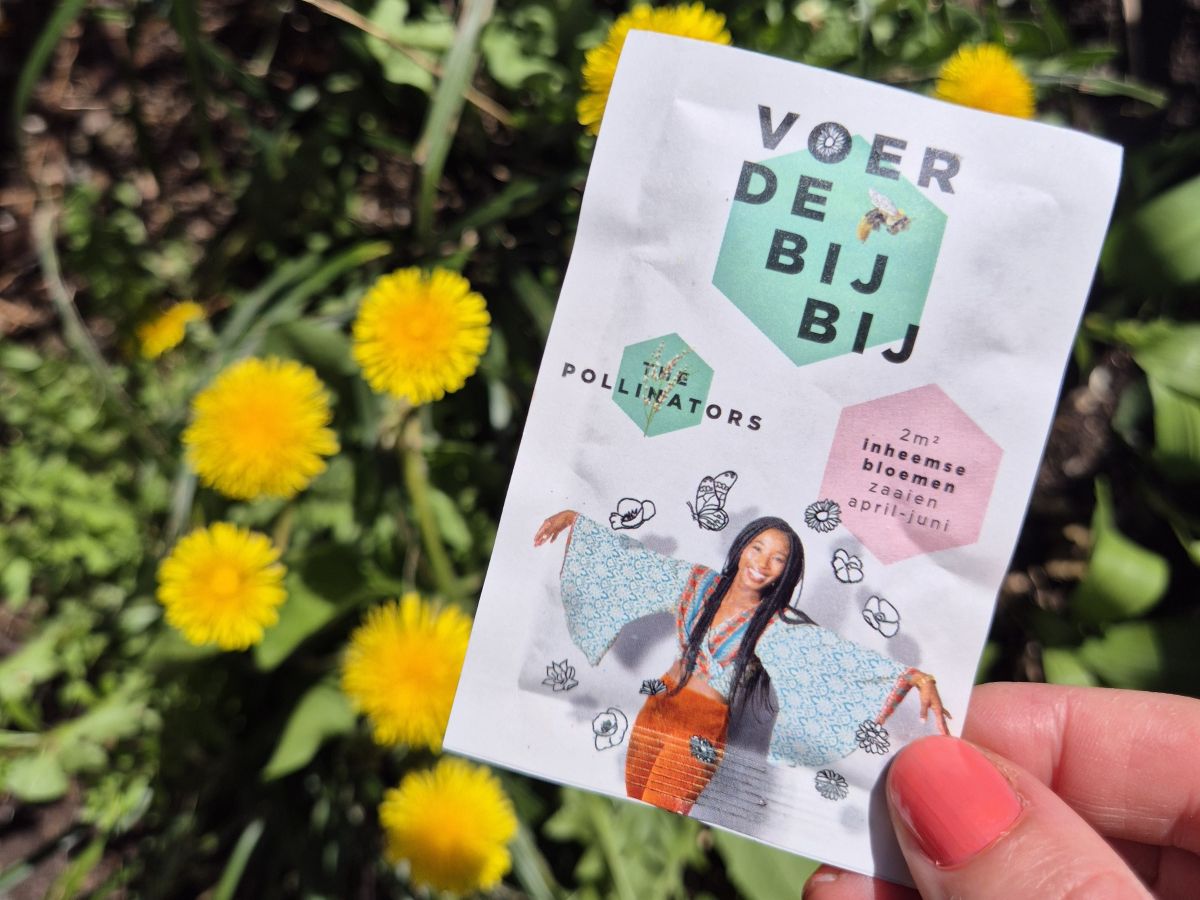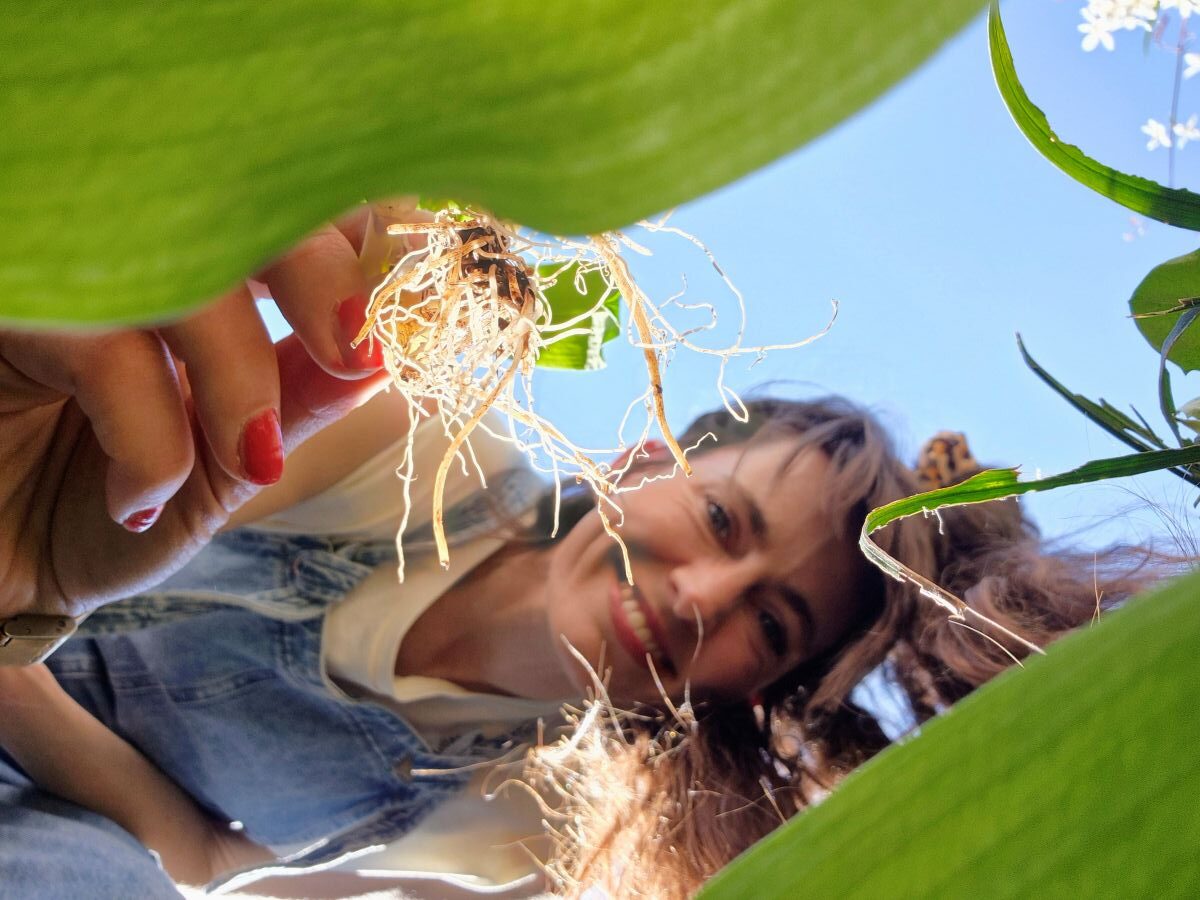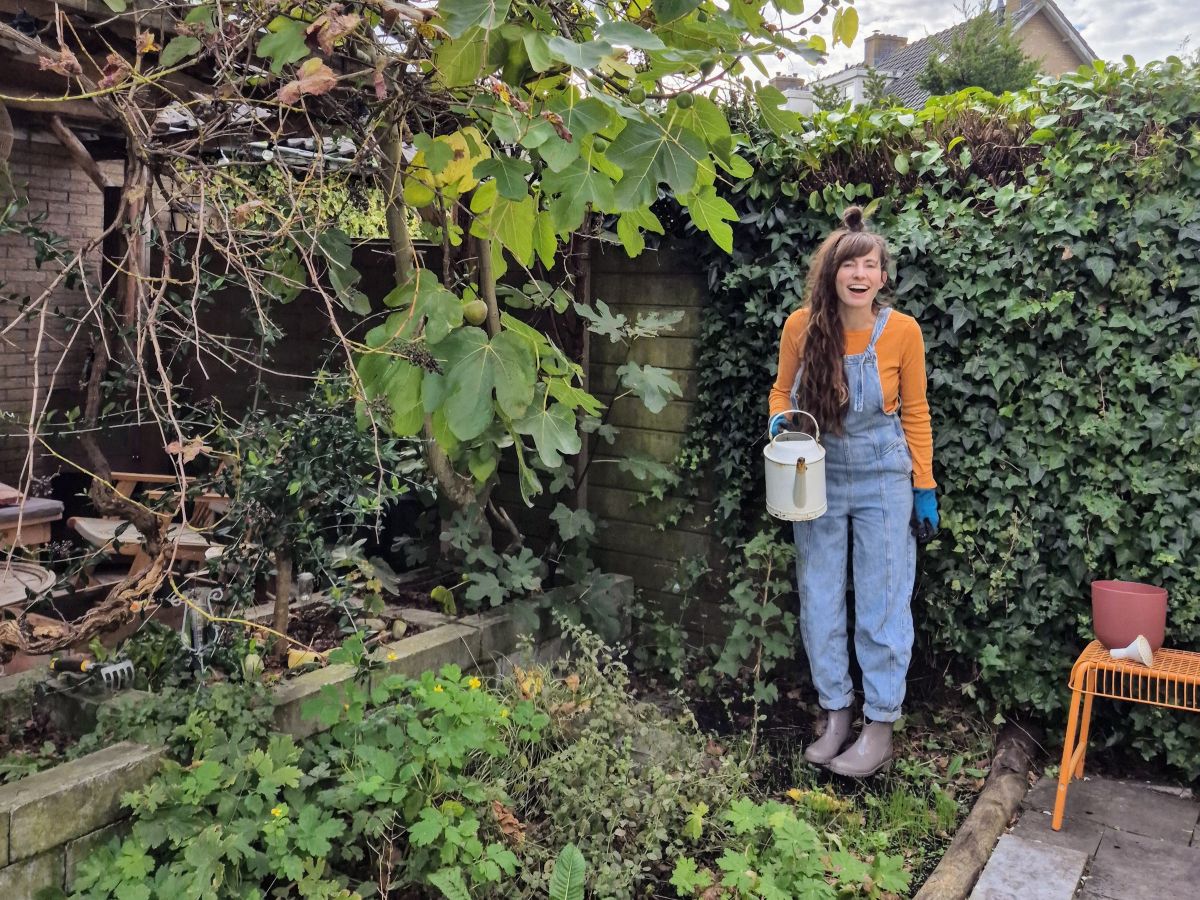What once seemed like a fantastic system: efficient agriculture that provides high yields, is turning out to be a destructive event that we need to get rid of as soon as possible. Food forests where production and nature come together seem to be the perfect solution to this. We asked the Netherlands' laziest farmer and owner of food forest Ketelbroek, Wouter van Eck, about the future of our agricultural sector.
Sustainable agriculture: food forests
Most of Dutch agriculture consists of laborious monoculture which is associated with high CO2 emissions and loss of biodiversity. Much of it is used to yield meat, dairy and fodder. Only a handful of farmers supply fruit and vegetables; most of what we eat comes from abroad. Fortunately, there are already 150 food forests in the Netherlands that help restore biodiversity and provide tasty food. In a food forest, you will find trees from which you can harvest and all kinds of edible plants. Think apples and walnuts, but also lesser-known species such as the nashi pear, sechuan pepper and olive willow berry. Wouter's food forest is located in Groesbeek, which is below Nijmegen, and supplies products to Michelin-starred restaurant De Nieuwe Winkel. In addition to this business, Wouter is committed to the Food forestry foundation in to spread knowledge and support farmers who want to convert (part of) their current farm into a food forest.


Visiting Wouter van Eck in his food forest.
You call yourself a lazy farmer, why is that? Don't farmers always have to work very hard?
‘A good, biodiverse system saves itself. Building up soil fertility is then self-regulated. Just look at a large forest, you don't need to fertilise that either. In my food forest, things are in balance and therefore I don't have to constantly intervene or adjust. This allows me to sit back, so to speak. The food forest functions like a natural forest, except that it then consists of edible products. You have to have that system throughout the agricultural sector. In addition, food forests can also provide recreation and relaxation.’
Why does the current way of farming no longer have a future?
‘We have a landscape in the Netherlands where agriculture and nature have been pulled apart. Real nature reserves are too small to have real biodiversity, and monocultural agriculture has no nature at all. That loss of biodiversity is a threat to the planet and also to the survival of people is now beyond doubt. That is why you have to make agriculture and nature go hand in hand. It is great to discover that we can enrich our nature and our plates with tasty species. Some plants in the food forest are native, others non-native. Together, it is a successful mulicultural plant community.’
Do farmers even want to swap their efficient fields for food forests?
‘The current system is anything but great for farmers. They are being squeezed, getting almost no money for their produce. More and more farmers also want to move from bulk products to quality and fair incomes. They are also victims of the climate crisis - which agriculture itself also helped cause - and can fortunately be a big part of the solution. A food forest sequesters CO2 and increases biodiversity. With the Food Forestry Foundation, we work with several farmers who are looking for a more sustainable farming system. Setting up a food forest does require patience, as it takes a few years. That is why it is important to have a transition scheme for farmers to bridge those years. The government can help with this.’
Food forests will yield less production than the large-scale monocultures I guess?
‘Right now, a lot of feed is coming off our land, not food. That feed is meant to feed animals so that we can consume them and their products. There will have to be a change in that, we have known for some time. More plant-based food is the future. The Lancet, a leading medical journal, has a project called ‘EAT’ in which scientists ask whether we can feed 10 billion people in the future. The answer is yes, but only if we also change our diets. Fortunately, there is growing evidence that a more plant-based diet is also healthier.’
So we can already start contributing to this system of food forests ourselves?
‘Yes, eat more plant-based, buy local and also look at what perennial plants and fruits are available. Apples and plums from the Netherlands, for example, instead of mangoes from far away. And nuts for example, they also grow on a tree. You can also adopt food forest principles in your own garden. Basically, you don't intervene much. Leave plant waste lying around, so that insects that have overwintered in it can re-enter the garden in spring. That's a win-win situation too, because a lazy gardener saves time.’
More stories from sustainable pioneers
- Want to know more about nature-inclusive farming? Then check out this report on the Buijtenland van Rhoon, near Rotterdam.
- Saskia met Wouter during A sustainable city break in Nijmegen.
- Butterflyman Nicky: this is what you can do to help the butterflies.
Photo credits: thegreenlist.nl.

